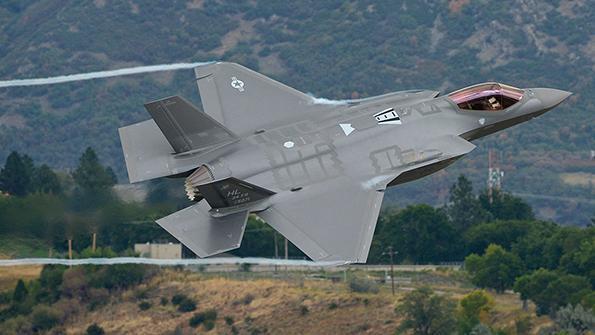
Credit: U.S. Air Force
Geopolitical tensions, particularly Russia’s invasion of Ukraine, are driving the strongest defense market demand since 2008-09, panelists said Nov. 8 during the second day of Aviation Week’s A&D Programs event in Washington. Aviation Week forecasts $1.01 trillion in global military aircraft...
Subscription Required
This content requires a subscription to one of the Aviation Week Intelligence Network (AWIN) bundles.
Schedule a demo today to find out how you can access this content and similar content related to your area of the global aviation industry.
Already an AWIN subscriber? Login
Did you know? Aviation Week has won top honors multiple times in the Jesse H. Neal National Business Journalism Awards, the business-to-business media equivalent of the Pulitzer Prizes.
